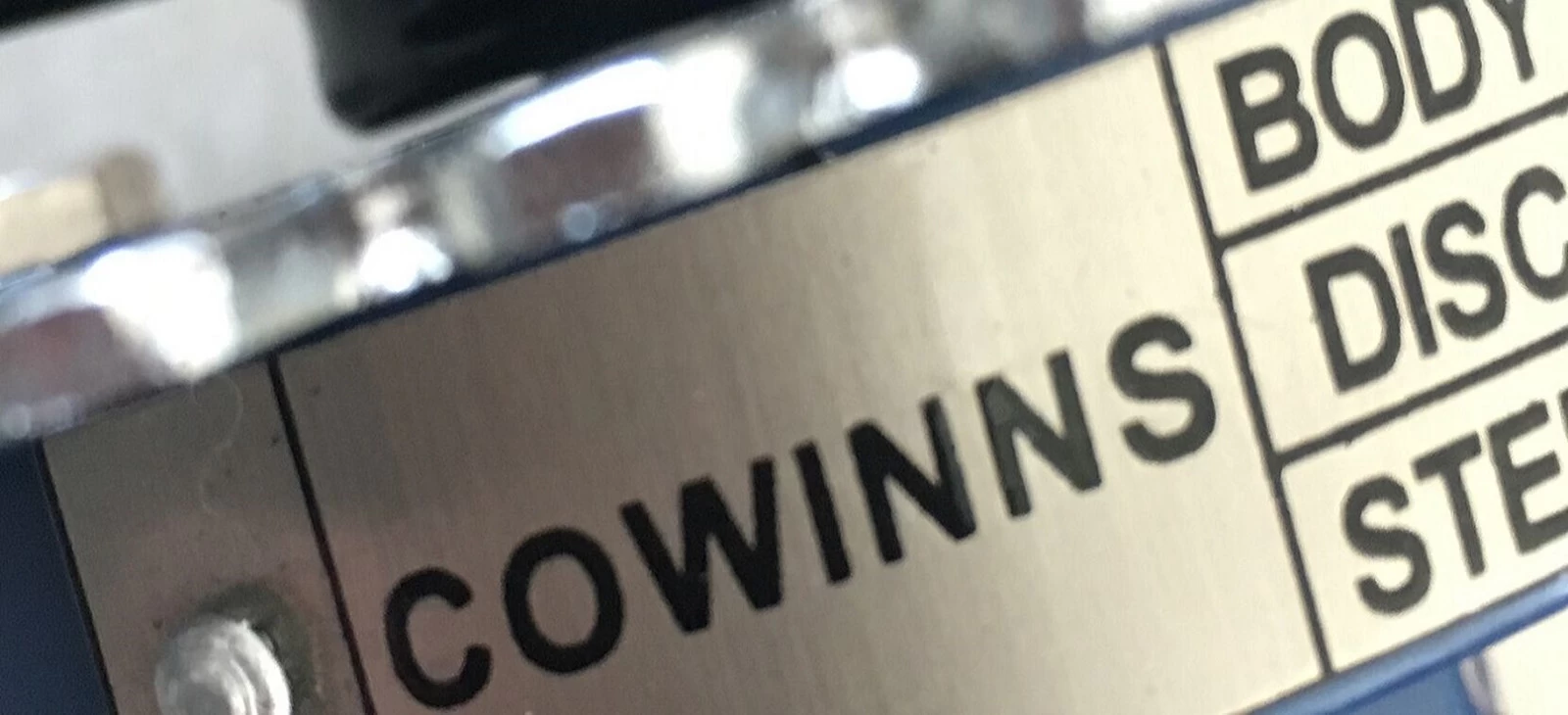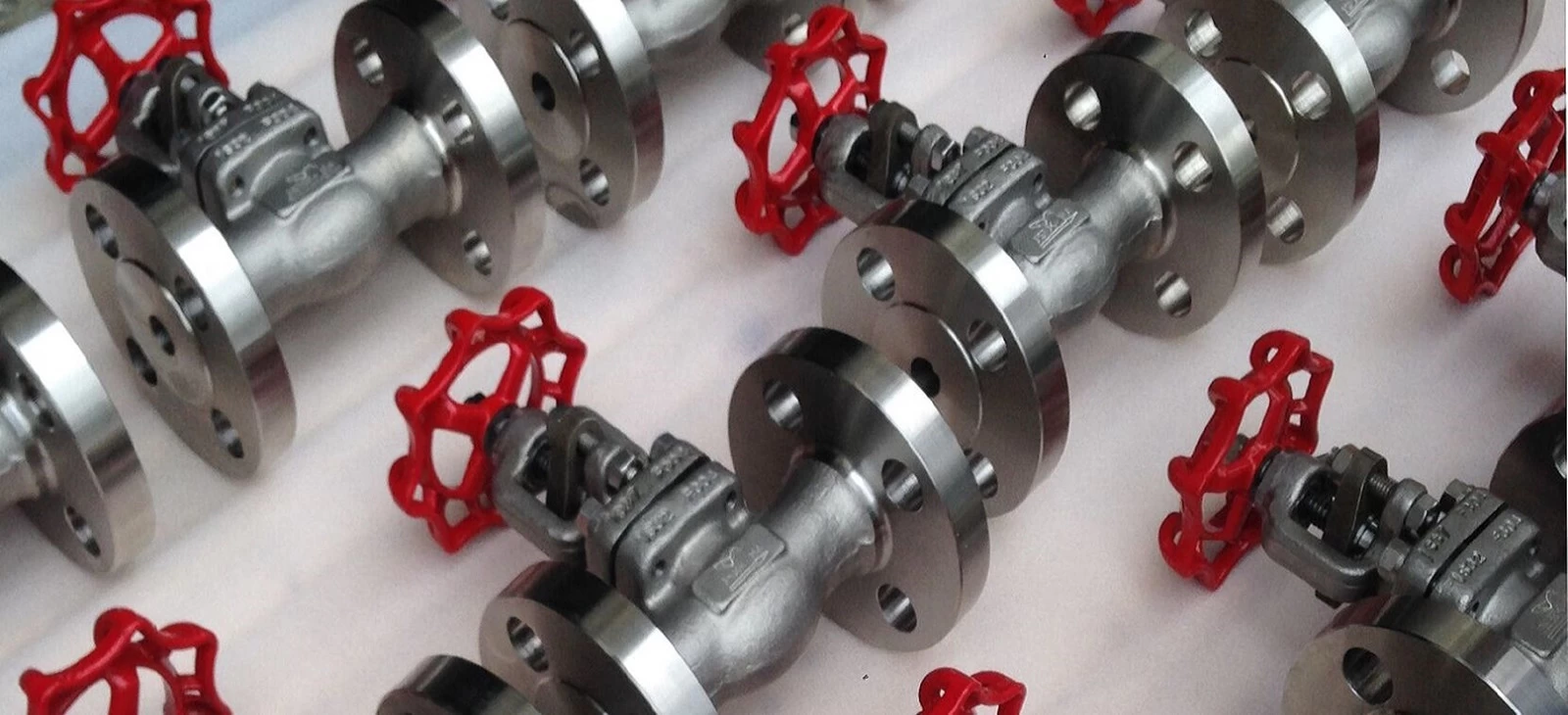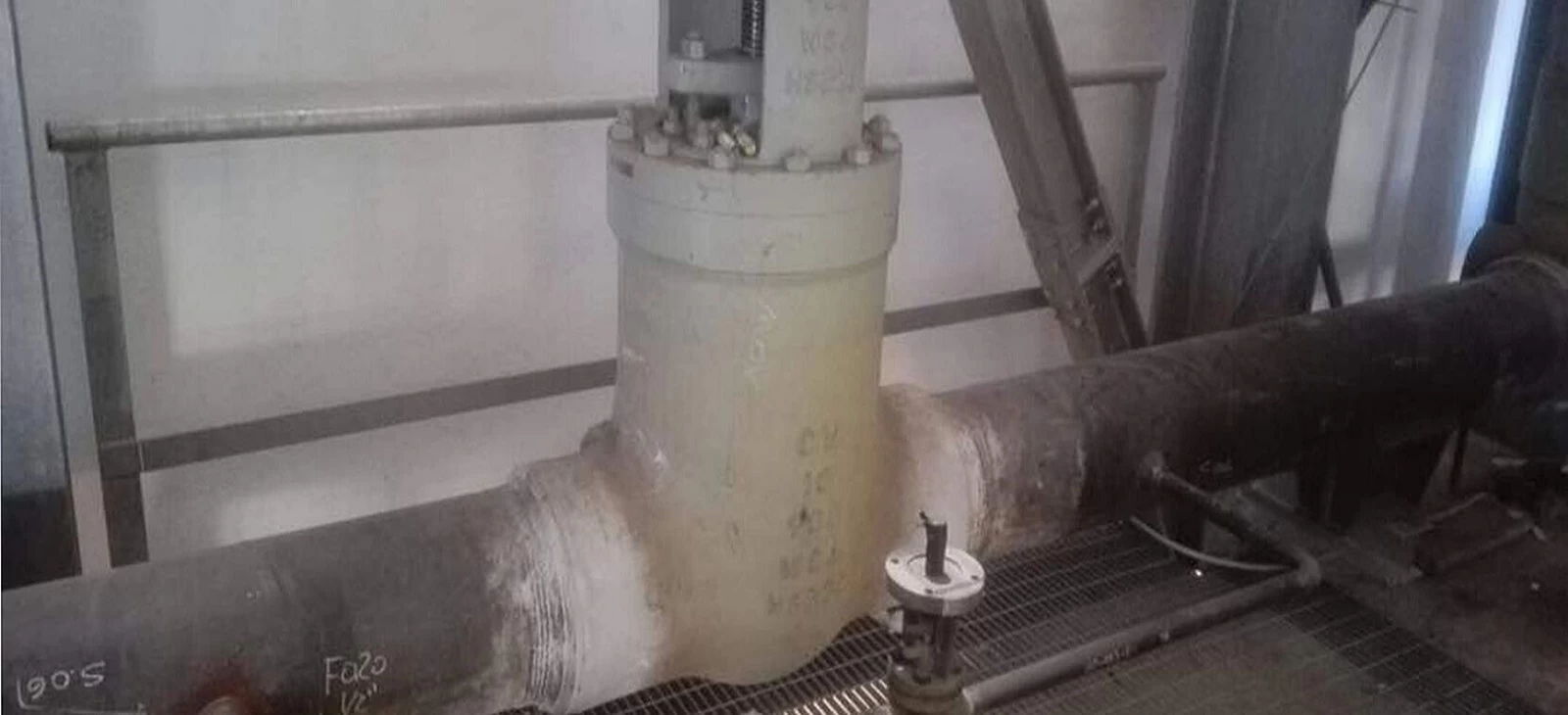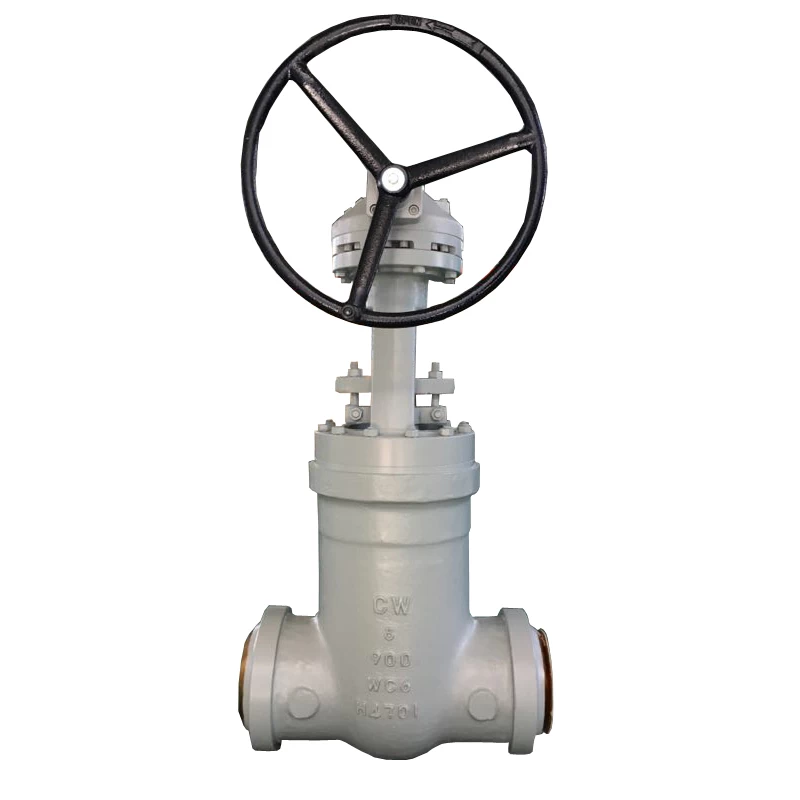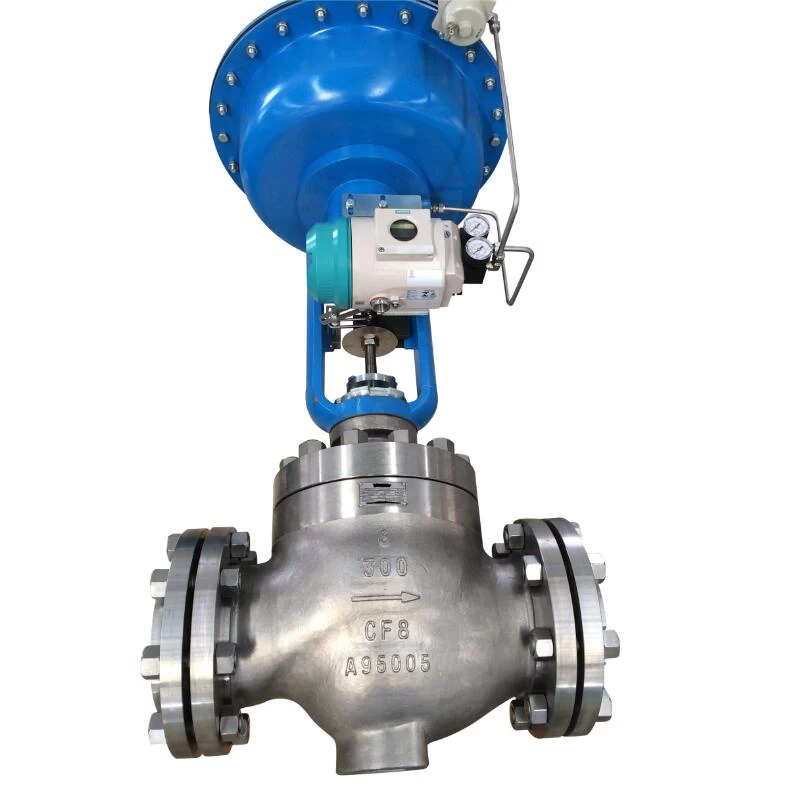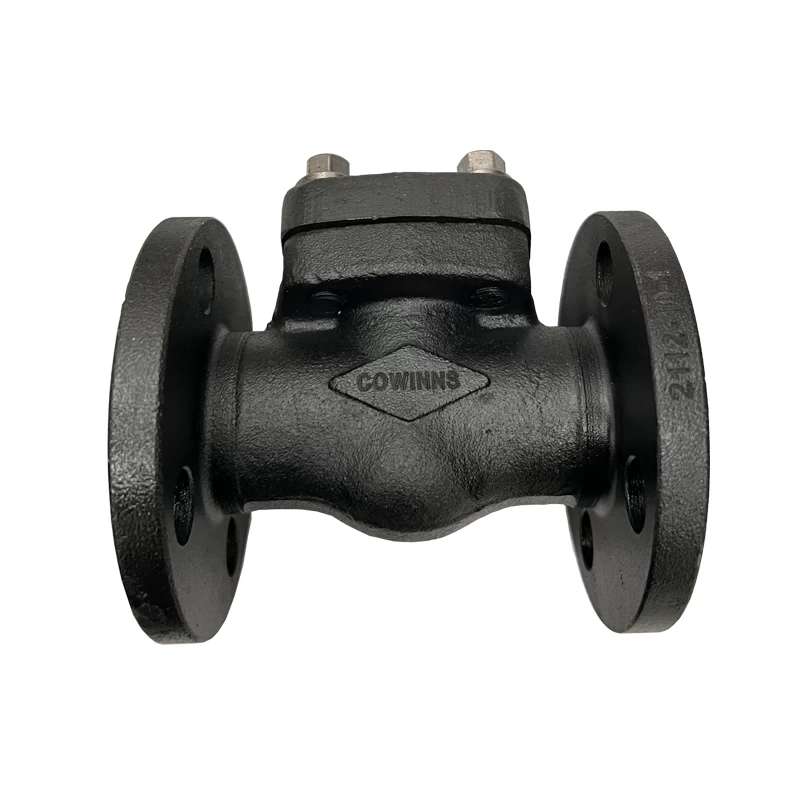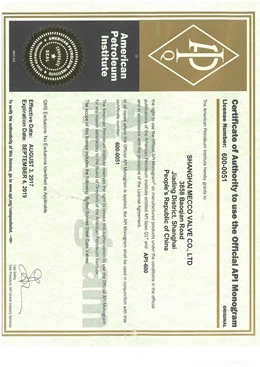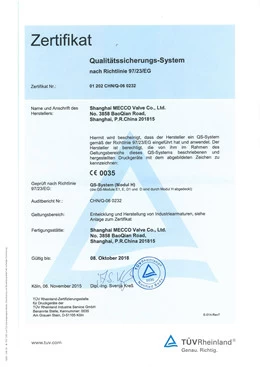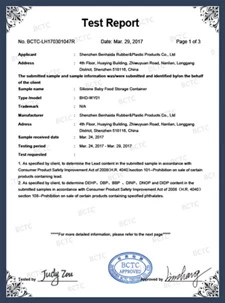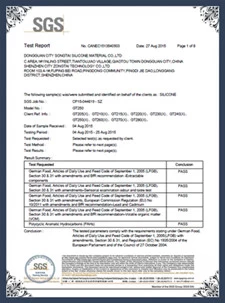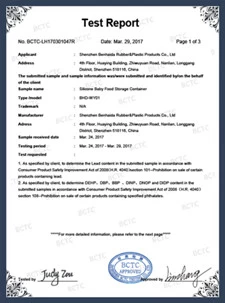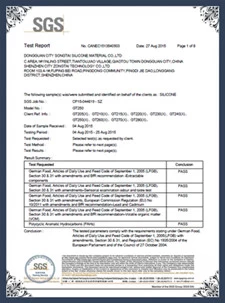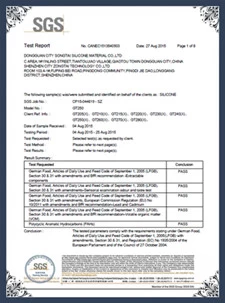Detailed Explanation of the 18 Major Selection Criteria for Pressure Reducing Valves
Detailed Explanation of the 18 Major Selection Criteria for Pressure Reducing Valves
In the selection and application of industrial valves such as the A182 F55 gate valve, understanding the appropriate pressure reducing valve is essential for ensuring system stability and efficiency.
Principle 1:
Within the specified spring pressure range, the outlet pressure must be continuously adjustable between the valve's maximum and minimum limits without jamming or abnormal vibrations.
Principle 2:
For soft-seal pressure reducing valves, no leakage is allowed within the specified time. For metal-seal valves, the leakage rate should not exceed 0.5% of the maximum flow rate.
Principle 3:
When the outlet flow rate changes, the outlet pressure deviation for direct-acting valves should not exceed 20%, and for pilot-operated valves, not more than 10%.
Principle 4:
When the inlet pressure changes, the outlet pressure deviation for direct-acting valves should not exceed 10%, and for pilot-operated valves, not more than 5%.
Principle 5:
Generally, the outlet pressure should be less than 50% of the inlet pressure.
Principle 6:
Pressure reducing valves are widely applicable and can be used on equipment and pipelines for steam, compressed air, industrial gases, water, oil, and many other liquid media. The flow at the valve outlet is typically expressed in terms of mass flow or volumetric flow.
Principle 7:
Bellows-type direct-acting pressure reducing valves are suitable for low-pressure, small to medium diameter steam applications.
Principle 8:
Diaphragm-type direct-acting pressure reducing valves are suitable for medium to low pressure, small to medium diameter air and water applications.
Principle 9:
Pilot-operated piston-type pressure reducing valves are suitable for various pressures, diameters, and temperatures for steam, air, and water. When made of stainless acid-resistant steel, they can be used with corrosive media.
Principle 10:
Pilot-operated bellows-type pressure reducing valves are suitable for low-pressure, small to medium diameter steam and air applications.
Principle 11:
Pilot-operated diaphragm-type pressure reducing valves are suitable for low to medium pressure, small to medium diameter steam or water applications.
Principle 12:
The inlet pressure fluctuation should be controlled within 80%–105% of the specified inlet pressure. If it exceeds this range, the valve's performance in the initial pressure reduction stage will be affected.
Principle 13:
As a rule, the outlet pressure should be less than 50% of the inlet pressure.
Principle 14:
Each spring grade in a pressure reducing valve is only suitable for a specific outlet pressure range. Springs should be replaced if this range is exceeded.
Principle 15:
For high working temperature media, pilot-operated piston-type or pilot-operated bellows-type pressure reducing valves are generally recommended.
Principle 16:
For air or water (liquid) media, diaphragm-type direct-acting or pilot-operated pressure reducing valves are generally preferred.
Principle 17:
For steam applications, pilot-operated piston-type or pilot-operated bellows-type pressure reducing valves are recommended.
Principle 18:
To facilitate operation, adjustment, and maintenance, pressure reducing valves should generally be installed on horizontal pipelines.
 +86 512 68781993
+86 512 68781993 

